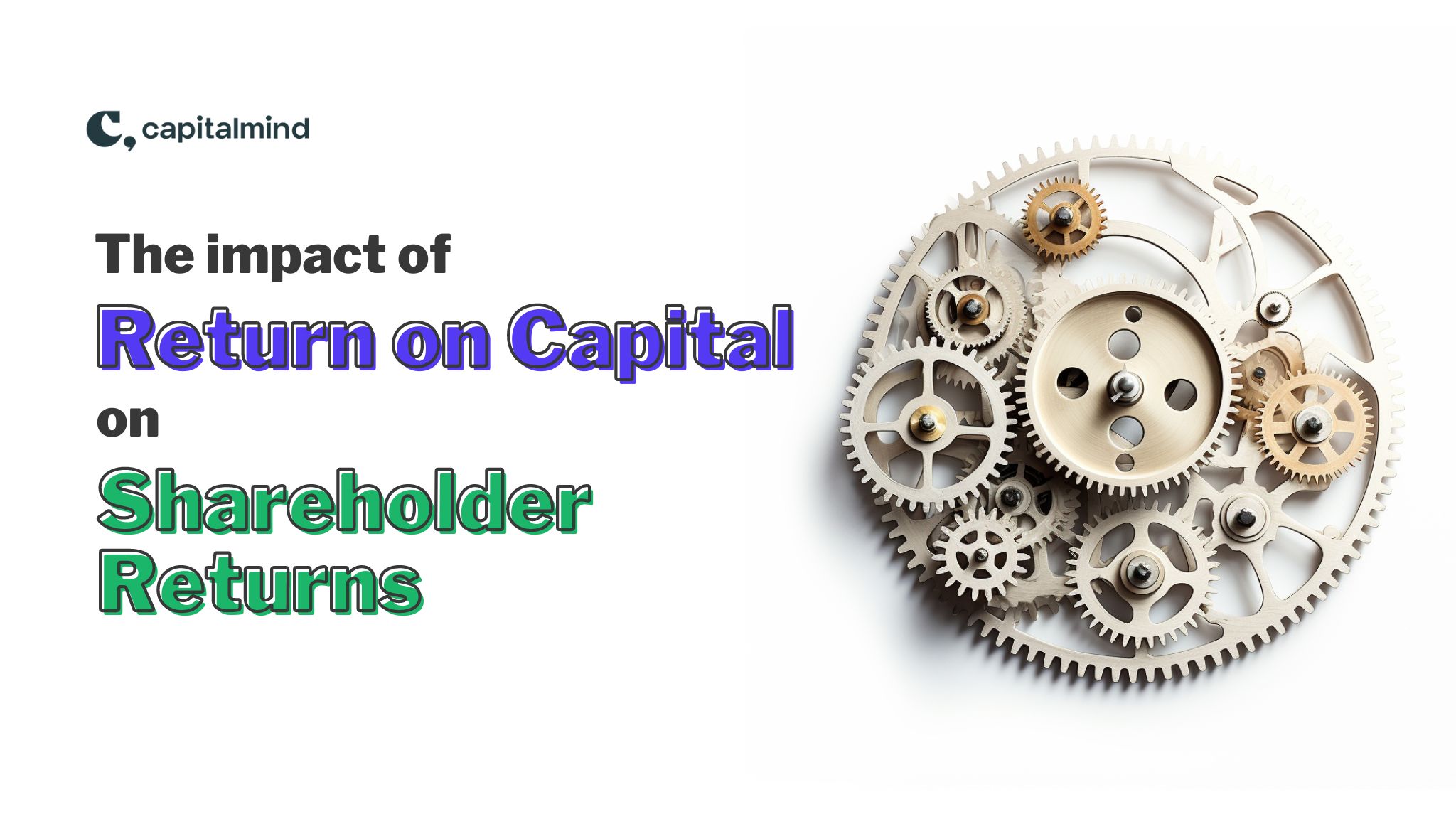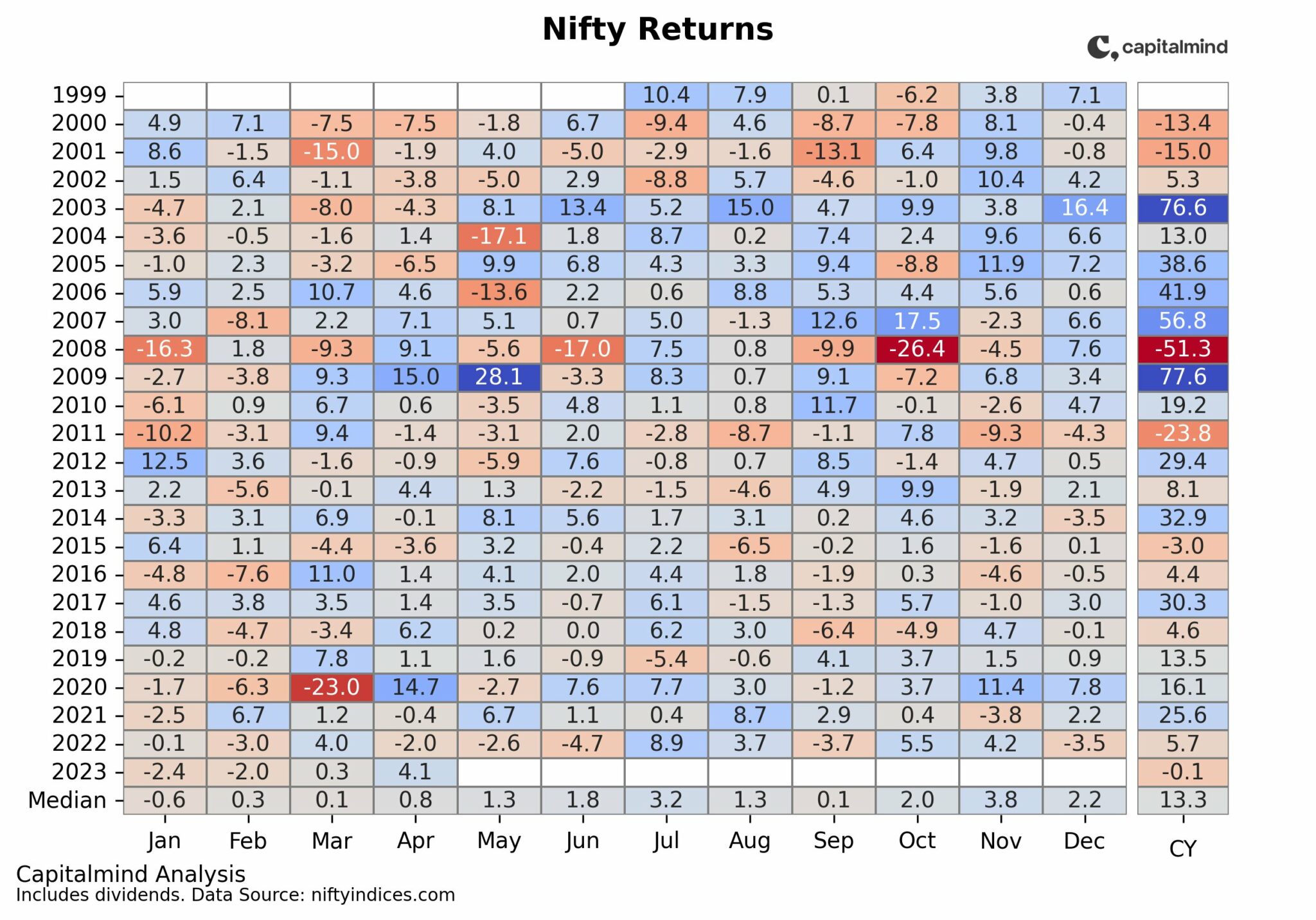Sometimes wrong data can be extremely harmful – I noted earlier that the Sensex P/E is incorrectly calculated, and uses outdated earnings.
But being the only source of data for the Sensex, the ratio on their page gets used for most analyses, and these analyses may suddenly seem wrong in the context of the newer values.
Look at this analysis by Vivek Kundnani, about how the P/E expansion in India looks like it will hamper returns. It’s evident from his graph that the P/E today is higher than earlier, but by how much? If you take the last four Q earnings, the EPS graph will be substantially more sloping and the P/E will seem more exciting.
And he says:
Using the current EPS of Rs. 656 and the average P/E multiple over the past 10 years of 17, the BSE Sensex should be at, and brace yourselves for this, 11,150; 25% below current levels. Even if the BSE Sensex can sustain a higher than average multiple of 19 (because “it’s different this time”), we get a value of 12,460, 15% below current levels. These valuations are definitely not attractive to rational investors.
Now this article was written in Feb 2007 when the Sensex was around the 14,000 levels. Since then, it has fallen 15%, but it’s now reached the 12,460 value Vivek talks about. But the P/E is actually 16.4 (considering trailing 4Q EPS) and not 19! Will it still stay unattractive?



